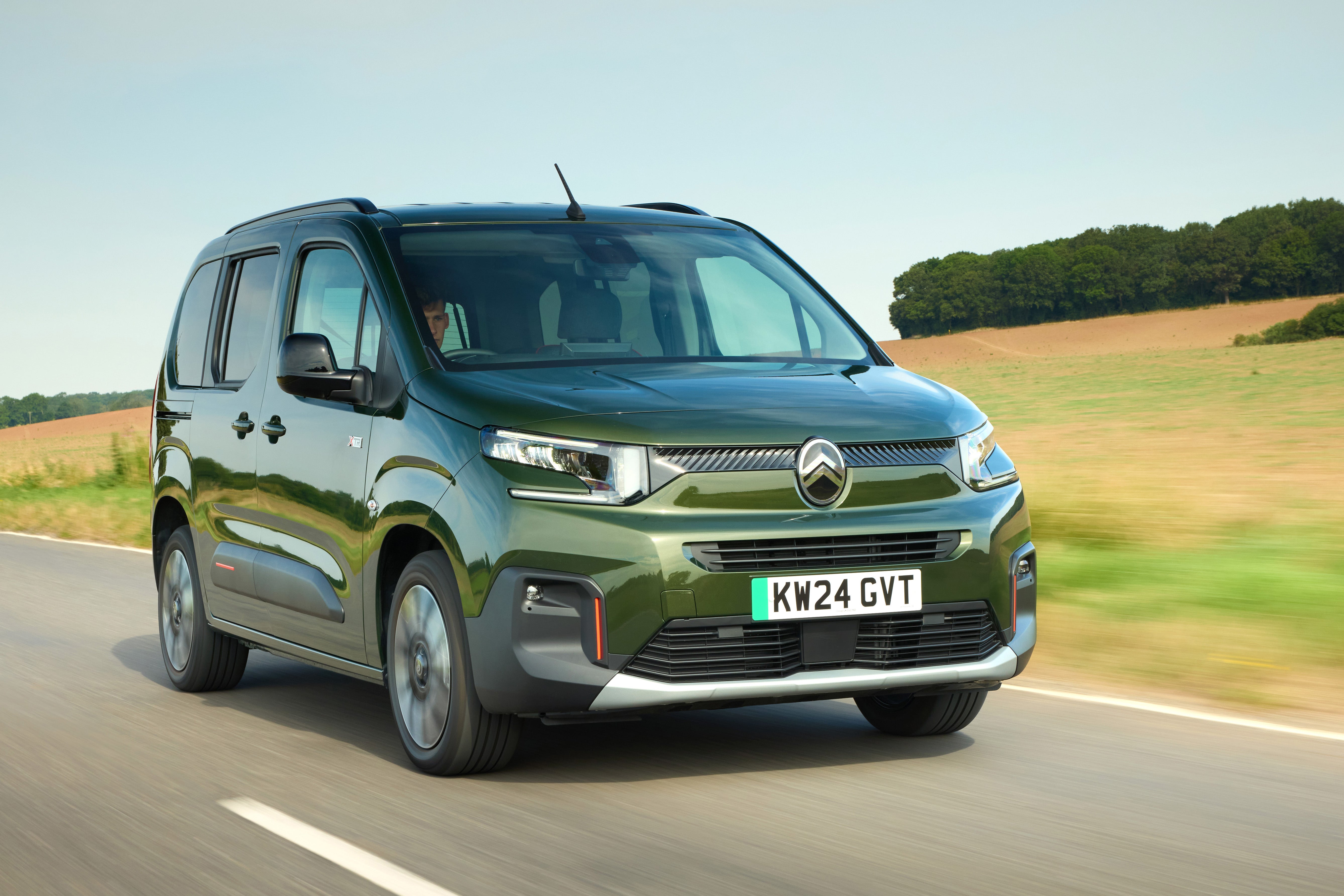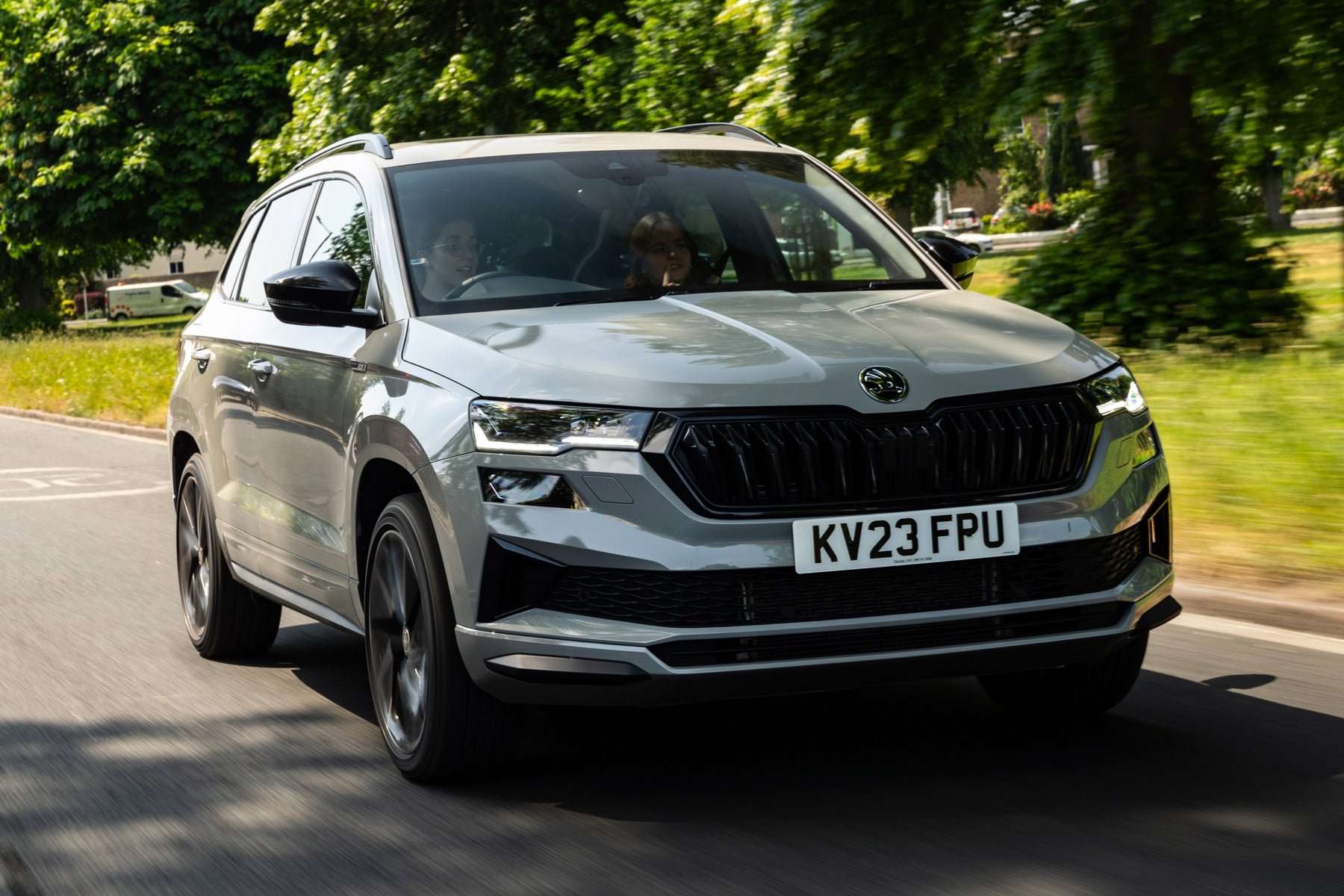
Lane assist is a driver assistance featured designed to keep your car centred safely within its lane, especially on motorways and dual carriageways.
It's now so important to vehicle safety that Euro NCAP, the independent safety testing organisation, requires it in its five-star safety evaluations, and it's been a mandatory technology on most new cars since 2024.
But how does it work, why is it so important, and are there any drawbacks?Here's everything you need to know.
What is lane assist?
Lane assist – also known as lane-departure warning or lane-keeping assist, depending on the exact functionality – uses cameras to monitor markings on the road and help prevent you from inadvertently moving out of your lane, which usually happens as a result of fatigue or just not paying sufficient attention.
If your car starts to drift out of its lane without indicating, the system will alert you through audible warnings, steering wheel vibrations, or visual cues on the dashboard. This early warning gives you time to corrrect your position and avoid potential accidents.
How does lane assist work?
Lane assist uses a forward-facing camera, typically mounted near the rear-view mirror, which constantly scans the road ahead. It can identify lane markings on both sides of your car and track your position relative to them.
If the system detects that you're veering too close to either side of your lane without indicating, it will trigger a warning. Some systems may also apply gentle steering inputs to nudge the car back into lane – these are general called active lane assist, or lane-keeping assist or similar.
How much does lane assist cost?
You'll find lane assist is a standard feature on almost all new cars due to EU (and UK) regulations. Where it's not been standard, it was usually bundled with other driver assistance features, such as blind-spot monitoring, generally for a few hundred pounds.

What's the difference between lane assist and active lane assist?
Lane assist is such a widespread feature that many cars now come with a more advanced version called active lane assist.
Where standard lane assist provides alerts if you drift from your lane without indicating, active lane assist goes a step further by making corrective steering adjustments. This might be through subtle pressure applied through the steering or, in older systems, light braking on one side of the vehicle to guide it back into the lane.
Newer systems, which are often part of Level 2 semi-autonomous driving packages, offer smooth steering support anbd can follow gentle curves in the road. When paired with adaptive cruise conbrol, this allows the car to maintain lane position and a constant distance from vehicles head, which can take a lot of the stress out of motorway driving. However, UK law still requires drivers to keep their hands on the wheel and their eyes on the road at all times.

What are the drawbacks of lane assist?
While lane assist is a great safety feature it can also be... well, quite annoying. It's great on a motorway, but on narrow roads and B-roads it can go off frequently or feel intrusive. Active steering inputs can feel unnatural or like they're fighting your control, though remember that they can always be overridden by the driver.
Heavy rain or snow can also make the lane assist system ineffective, because it relies on visible road markings.
And then there's the fact that, by law, the system is on by default whenever you start the car. You can turn it off, but depending on the car the ability to do so could be hidden deep in the infotainment settings.
Lane assist works by following the white lines in the road and guiding your car in between them. If heavy snow covers the road, however, the system will be unable to read the lines and won't be able to operate.
Lane assist can be turned off, but for safety reasons it will always default back on again each time you get in your car.
Lane assist is an important safety feature that you'll find is fitted to most new cars looking to bag themselves a top five-star rating from safety body Euro NCAP. You'll find in cars as humble as the Volkswagen Polo and Hyundai i20.




